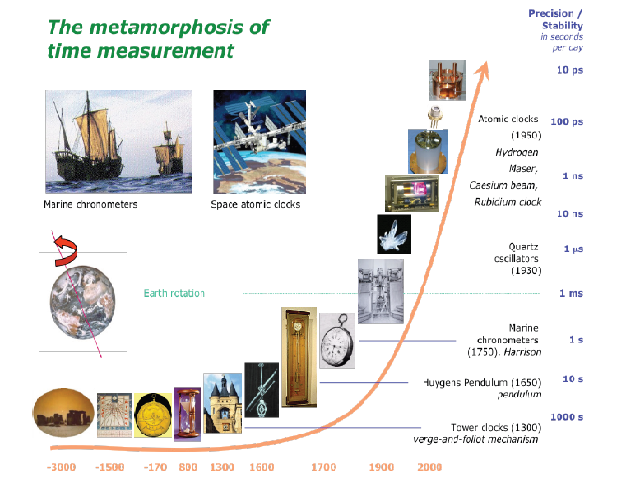A Comprehensive Overview of Atomic Clocks and their Applications
DOI:
https://doi.org/10.5530/bems.9.1.1Keywords:
Atomic Clocks, Frequency stability, Frequency Standards, GNSS, Metrology, Rubidium, Space Clocks, Satellite Navigation, Time measurementAbstract
Time is ubiquitous, and integral to our everyday lives. Precise measurement of time intervals is basic to various activities humans are dependent up on, such as accurate positioning using satellite navigation, telecommunication, aviation, definition of International Time, secondary applications using positioning, military applications etc. Atomic clocks formulate the heart of precise time measurement and hence enable the positioning and navigation and niche time and frequency dependent technologies that we rely upon directly or otherwise. This paper gives a comprehensive overview of history of time measurement and evolution of clocks towards atomic clocks. It broadly covers various types of atomic clocks ranging from laboratory clocks to miniature commercial clocks along with the key applications with a focus on microwave atomic clocks (or frequency standards). Further, the satellite navigation systems operational around the globe by various countries and the types of clocks used for such navigation systems are briefly covered with a focus on the rubidium atomic frequency standard and other space clocks.

Downloads
Published
How to Cite
Issue
Section
License
Copyright (c) 2023 Biology, Engineering, Medicine and Science Reports

This work is licensed under a Creative Commons Attribution-NonCommercial-NoDerivatives 4.0 International License.









